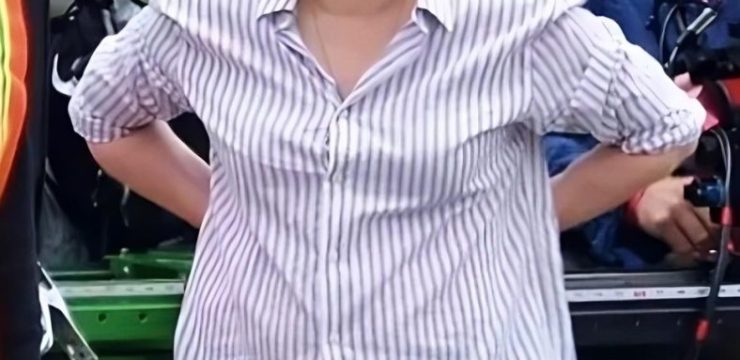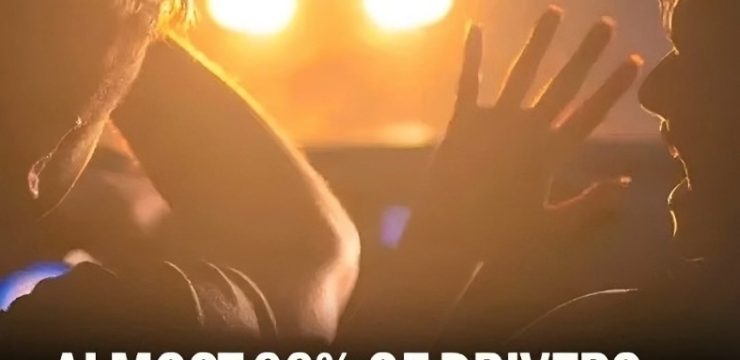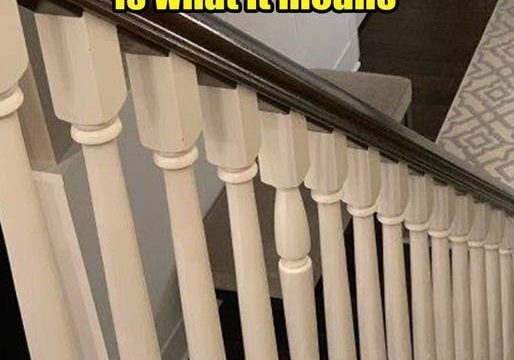Do you think you have a sharp eye for detail? This picture puzzle challenges you to carefully examine a seemingly typical street scene and find a hidden mistake. At first glance, everything looks perfectly normal—a street filled with traffic signs, a few vehicles, and pedestrians. But there’s something not quite right here. Can you identify the error hiding in plain sight?
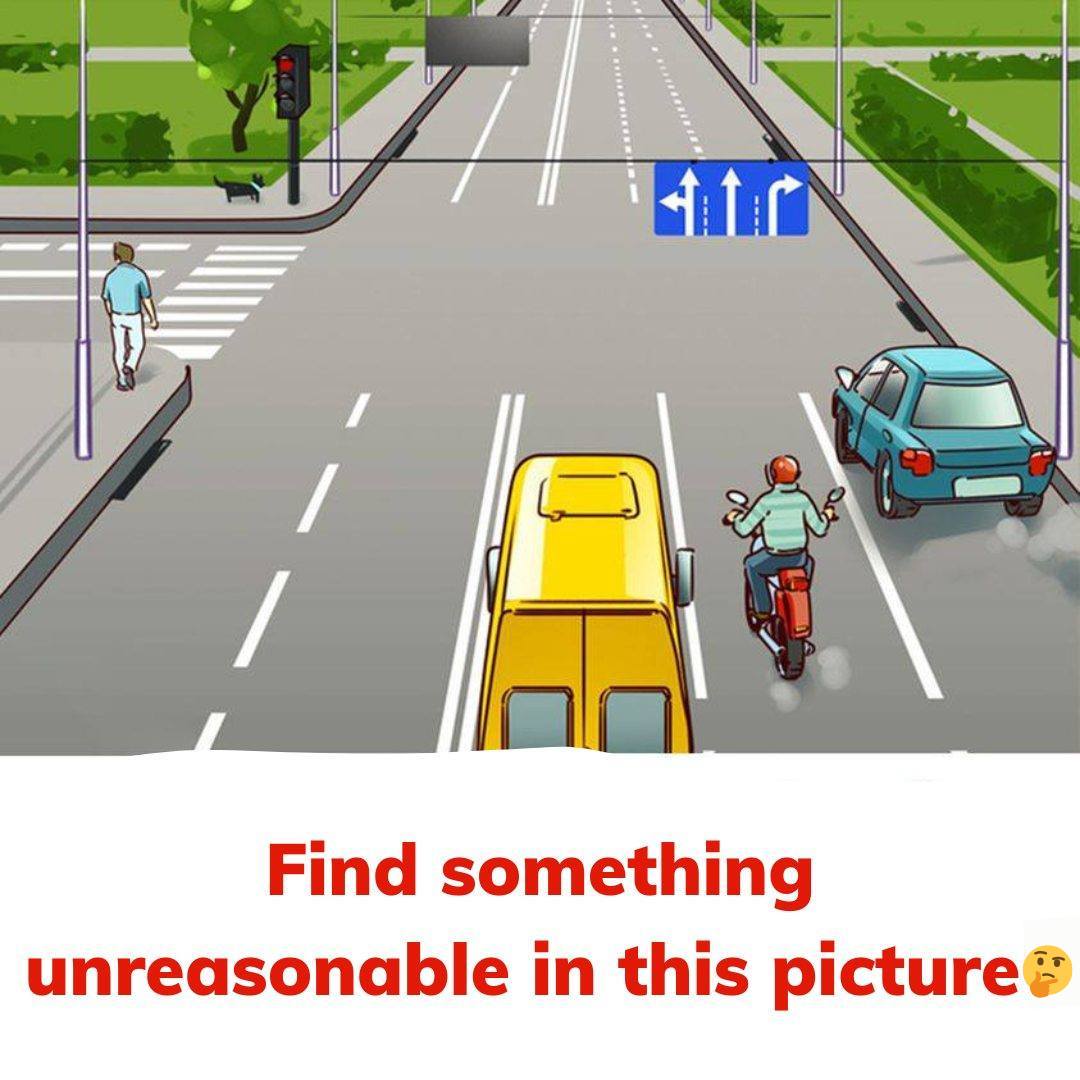
Why Spot-the-Difference Puzzles Are So Enjoyable
Spot-the-difference puzzles are fantastic for improving attention to detail. They encourage you to look beyond the obvious and spot inconsistencies that others might miss. Often, the most subtle details hold the key to solving these puzzles, making them both fun and mentally challenging. The smallest misalignments or minor anomalies can throw off your perception, which is exactly what makes these puzzles so intriguing.
In this particular puzzle, many people might overlook the error at first because the scene seems logical. But, as is common with visual puzzles, the answer lies in the finer details. So, let’s break down this picture and discover what’s amiss in this everyday street scene.
Common Pitfalls with Visual Puzzles
Before diving into the solution, it’s helpful to understand some of the common mistakes people make with visual puzzles:
- Focusing Only on Main Elements: People often concentrate on the most obvious elements, like vehicles or pedestrians, instead of scanning the entire scene for subtle clues.
- Overlooking Background Details: Key clues are often hidden in the background—road signs, lane markings, or smaller features can hold the solution.
- Making Logical Assumptions: Our brains tend to fill in gaps based on what we expect to see. For example, when we see a turn sign, we assume there’s a road to turn onto. These assumptions can mislead us in puzzles like this one.
With these tips in mind, let’s take a closer look at the image and work through the puzzle step-by-step.
Step-by-Step Guide to Solving the Puzzle
Step 1: Examine the Road Markings
Start by analyzing the road markings. The street has three lanes, each marked with arrows indicating the direction drivers should go. There is a lane for left turns, a lane for going straight, and a lane for right turns. The rightmost lane has an arrow pointing to the right, suggesting that it’s intended for vehicles making a right turn.
Now, look closely at where the right-turn arrow points. Is there an actual road or a lane where vehicles can turn right?
Step 2: Check the Traffic Sign
Above the lanes, there is a traffic sign that indicates the allowed directions for each lane. The sign shows that the rightmost lane permits right turns. However, if you trace the path of the right-turn arrow, you’ll notice something odd: the arrow points directly toward a curb and some greenery, with no road or lane for vehicles to turn into.
This is a significant discrepancy, as it suggests that the right-turn lane leads nowhere.
Step 3: Look for Contradictions
Now, compare the road markings with the traffic sign. The markings for the left and center lanes align with the road layout, but the right-turn lane creates confusion. While the sign suggests that a vehicle can turn right, the actual road design does not allow for a right turn.
Step 4: Identify the Mistake
The mistake in this puzzle is the misleading right-turn sign. It indicates that vehicles in the right lane can make a turn, but in reality, there is no road or lane to the right. This error could confuse drivers, as they would have no place to go if they followed the sign’s instructions.
Explanation of the Solution
The solution to this puzzle lies in the contradiction between the right-turn sign and the road itself. The sign suggests a right turn, but there’s only a curb instead of a lane. This small yet critical detail is what makes this scene inaccurate. Visual puzzles like this often use subtle inconsistencies to test your observation skills and challenge your perception.
Why This Puzzle Is a Great Brain Workout
Puzzles like this one are not just entertaining—they also improve your attention to detail, critical thinking, and problem-solving skills. By carefully analyzing each element of a scene, you train your mind to detect patterns, identify inconsistencies, and question what you see. Each time you solve one of these puzzles, you enhance your ability to observe and interpret the world around you.
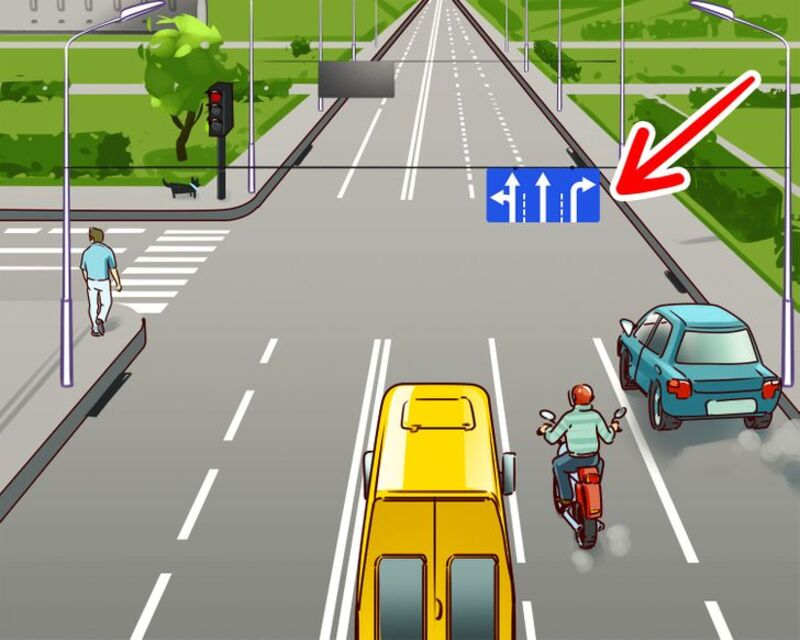
Conclusion: Enjoy the Process of Discovery
Did you spot the error right away, or did it take a few tries? Regardless of how quickly you solved it, puzzles like this are a fun and effective way to sharpen your observation skills. The real joy of these challenges lies in the discovery process and in learning to see things from a different perspective.
So, the next time you encounter a visual puzzle, take your time, look carefully, and embrace the hunt for hidden details. And don’t forget to share this puzzle with your friends and family—it’s a fun way to test their observation skills, too. You might even spark some friendly competition as everyone tries to find what’s wrong with the picture. Happy puzzling!

